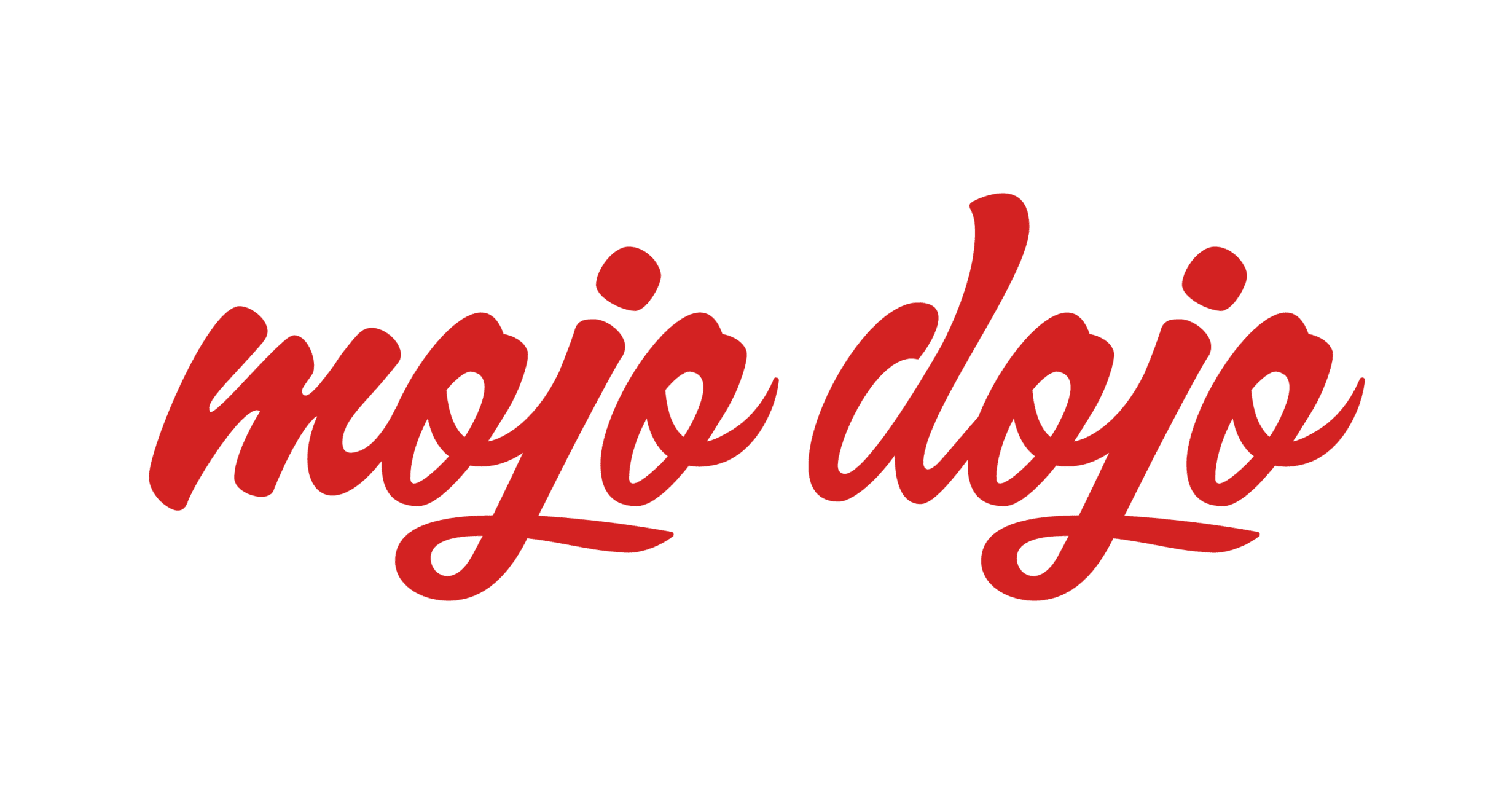Google is once again facing another accusation of monopolisation. This time, a guilty ruling by the The Department of Justice (DOJ) could compel Google to divest parts of its highly lucrative ad tech business.
This case is happening in conjunction with another major DOJ demand that may require Google to sell off its Chrome browser due to the company’s alleged online-search monopoly.

Now that closing statements have been heard (on November 26 2024), the future of digital advertising lies in the hands of the court. A decision is yet to be announced.
What Does the DOJ Argue?
The DOJ alongside a joint coalition of states argued that Google has built and maintained a monopoly over the technology that it uses to match publishers to advertisers.
According to a report by AP News, this allows Google to keep up to 36 cents on the dollar when it acts as the intermediary of deals between publishers and advertisers. The DOJ has also accused Google of controlling the ad exchange market and DoubleClick.

According to DOJ lawyer Julia Tarver Wood in her opening statement, “One monopoly is bad enough, but a trifecta of monopolies is what we have here”. Essentially, the DOJ contends that Google now controls approximately 91% of the current publisher market for ad servers and about 87% of the market for advertiser ad networks.
How Has Google Retaliated?
Google is challenging the DOJs allegations by arguing that its advertising market is not split in three, it’s just two: buyers of digital ads and sellers of digital ads.
Google lawyer Karen Dunn, in her opening statement drew an analogy between the DOJ’s accusation towards Google as a “time capsule with a Blackberry, an iPod, and a Blockbuster video card”, suggesting that the allegations do not take into account the evolving advertising landscape and competition at play.
Google has argued that it competes with major social media platforms like TikTok and Meta, alongside streaming services such as Netflix and Prime Video. Hence, with all these factors taken into consideration, Google claims that at present, it only controls about 10% of the total ad share market.

Similarly, Google defends its advertising practices by claiming it has invested billions in ad innovation and should not be penalised for wanting to have a competitive edge. And while the DOJ claims that Google takes up to 36% in fees, Google has revealed that its new rate is actually 31%, allegedly much lower than its competitors.
How Does this Impact Publishers & Advertisers?
For both publishers and advertisers, the impact will depend on who wins this trial. If Google wins, advertisers and publishers will have to maintain their dependence on the platform which will further solidify Google’s dominant market position.
This might make them more susceptible to restrictive terms due to the unavailability of alternatives. However if the DOJ wins, it might introduce more alternatives for publishers and advertisers to explore emerging platforms, with more cost-effective rates.
However, without the reliance on Google’s full ad stack, publishers may lose profitability, and whilst seeking for alternatives, advertisers may have to face a significant target market reduction due to fewer avenues to reach them.
Bottom line: The outcome of the case will determine how governments choose to handle digital dominance in markets globally. The verdict of the case will set the precedent for similar enforcement against other tech giants.
